Modifying 5 Classroom Routines for Young Children with Significant Disabilities
August 8, 2023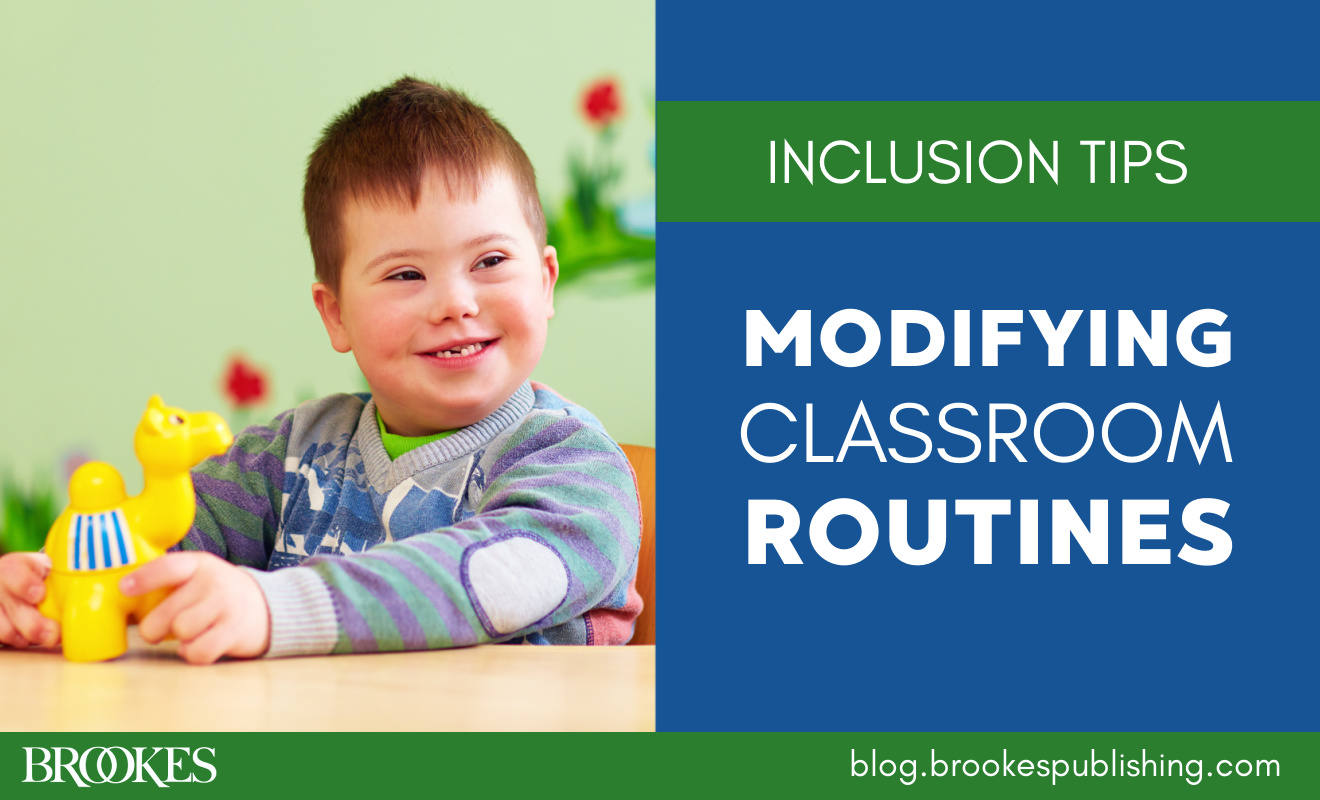
Activity-based intervention (ABI) is a trusted approach designed to help young children who have or are at risk for disabilities learn and use important developmental skills. The foundation of the ABI approach is the daily transactions that occur between young children and their physical and social environments, and learning opportunities that are embedded into these daily activities.
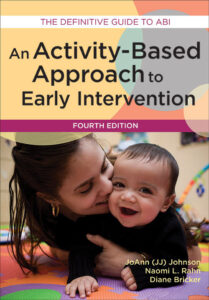 Although the basic ABI framework is the same for all young children, those with significant disabilities often require more intensive and structured intervention strategies. In the book An Activity-Based Approach to Early Intervention, JoAnn Johnson, Naomi L. Rahn, and Diane Bricker offer ideas for modifying commonly occurring activities and types of play so that children with significant disabilities can participate. Use these modifications to help children make choices, express preferences, and interact with peers in a variety of early childhood settings.
Although the basic ABI framework is the same for all young children, those with significant disabilities often require more intensive and structured intervention strategies. In the book An Activity-Based Approach to Early Intervention, JoAnn Johnson, Naomi L. Rahn, and Diane Bricker offer ideas for modifying commonly occurring activities and types of play so that children with significant disabilities can participate. Use these modifications to help children make choices, express preferences, and interact with peers in a variety of early childhood settings.
Block Play
- For a child with a significant motor impairment, positioning and support may be necessary precursors for child-initiated block play. The child may need to be positioned in a way that allows them to reach and manipulate the blocks or physical support to help maintain balance.
- Lighter-weight blocks that are soft and easier to grasp might be provided to enable the child to stack them.
- If stacking blocks is challenging for a child with significant motor impairments, you might suggest to other children in the block area that the child play the role of knocking the blocks down.
- For a child with vision impairments, the use of large blocks in bright colors might support the child to participate in the block play activity.
- Children on the autism spectrum often engage in repetitive behavior such as building block towers and then knocking them down. This child-initiated activity might be used to address a communication goal of signing more by asking the child to produce the sign to get additional blocks to build another tower. Interactions with peers can also be encouraged by creating a game of building and knocking down towers.
Book Play
- For a child with significant motor impairments, a book with repetitive lines can be programmed into a large button device so that each time the child touches the switch, the story line is re-read. This provides a way for the child to engage in child-initiated book reading with peers. A peer could read the book with the child, turning the pages and talking about each page, while the child with more significant impairments can push the switch.
- Board books that have thick, sturdy pages that are easier to turn may help a child with motor impairments engage in book reading activities.
- If children need more assistance in turning pages, add pieces of cardboard tabbed out from the side of the book to provide a larger area for grasping the page.
- For children with vision impairments, include books with large print in the classroom book area.
- Provide alternative seating such as soft beanbags for a child who likes the feeling of being surrounded by the beanbag chair.
- For a classroom that includes a child with significant motor impairments, there should be open space to accommodate an adapted chair on wheels that provides the child with enough support to allow their hands to be free to turn pages in books.

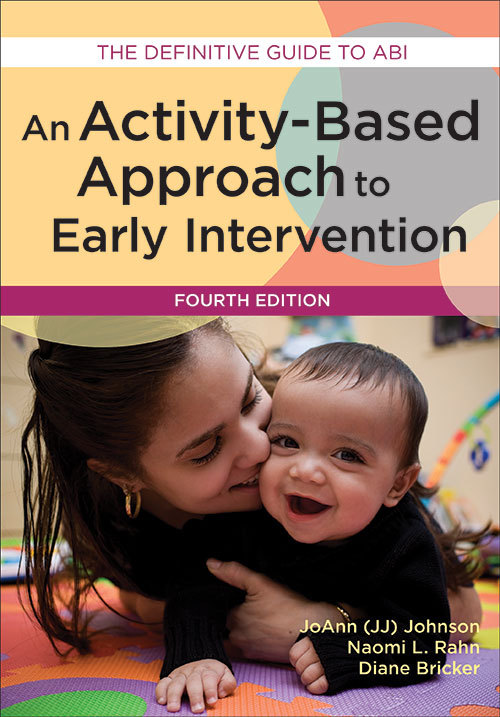
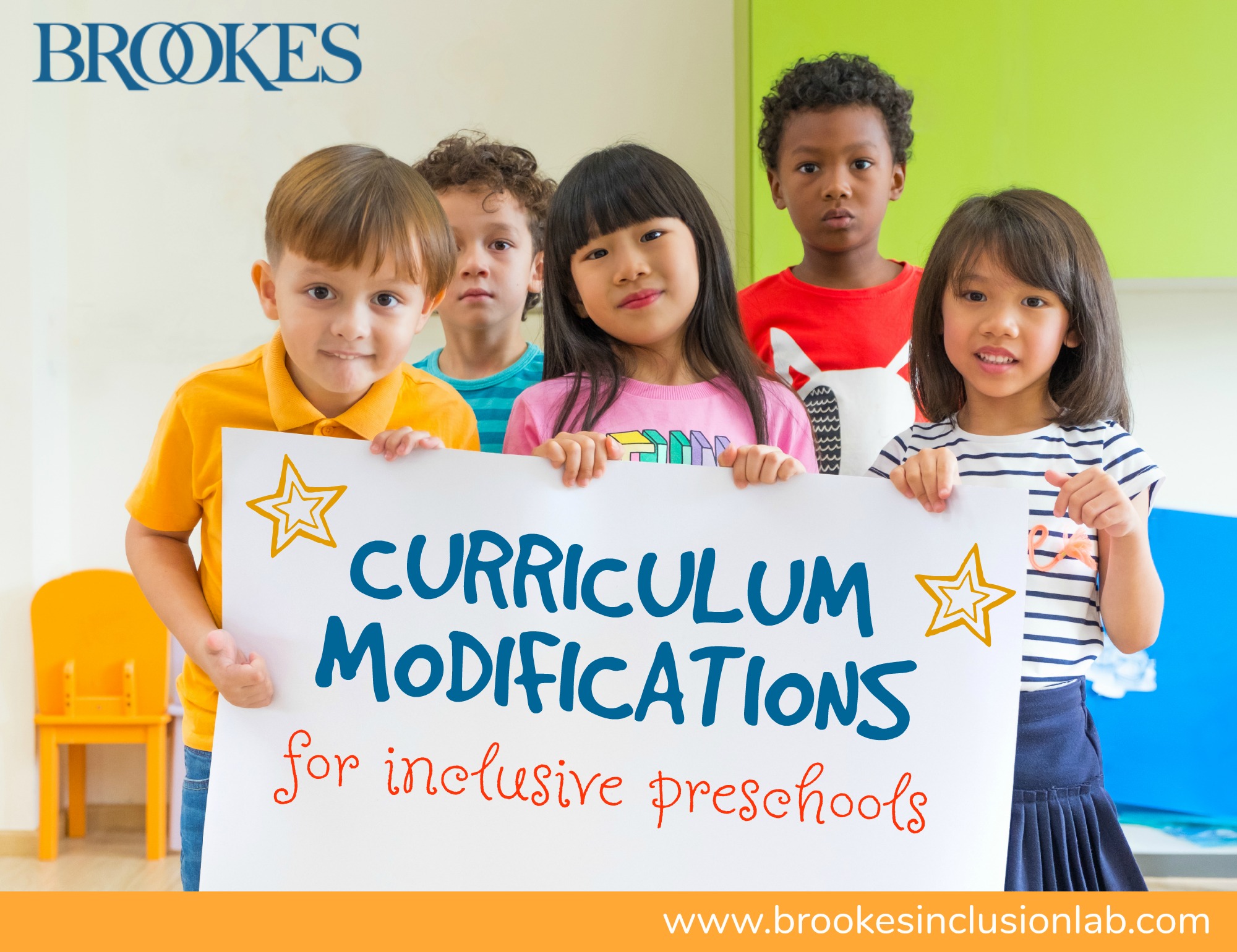
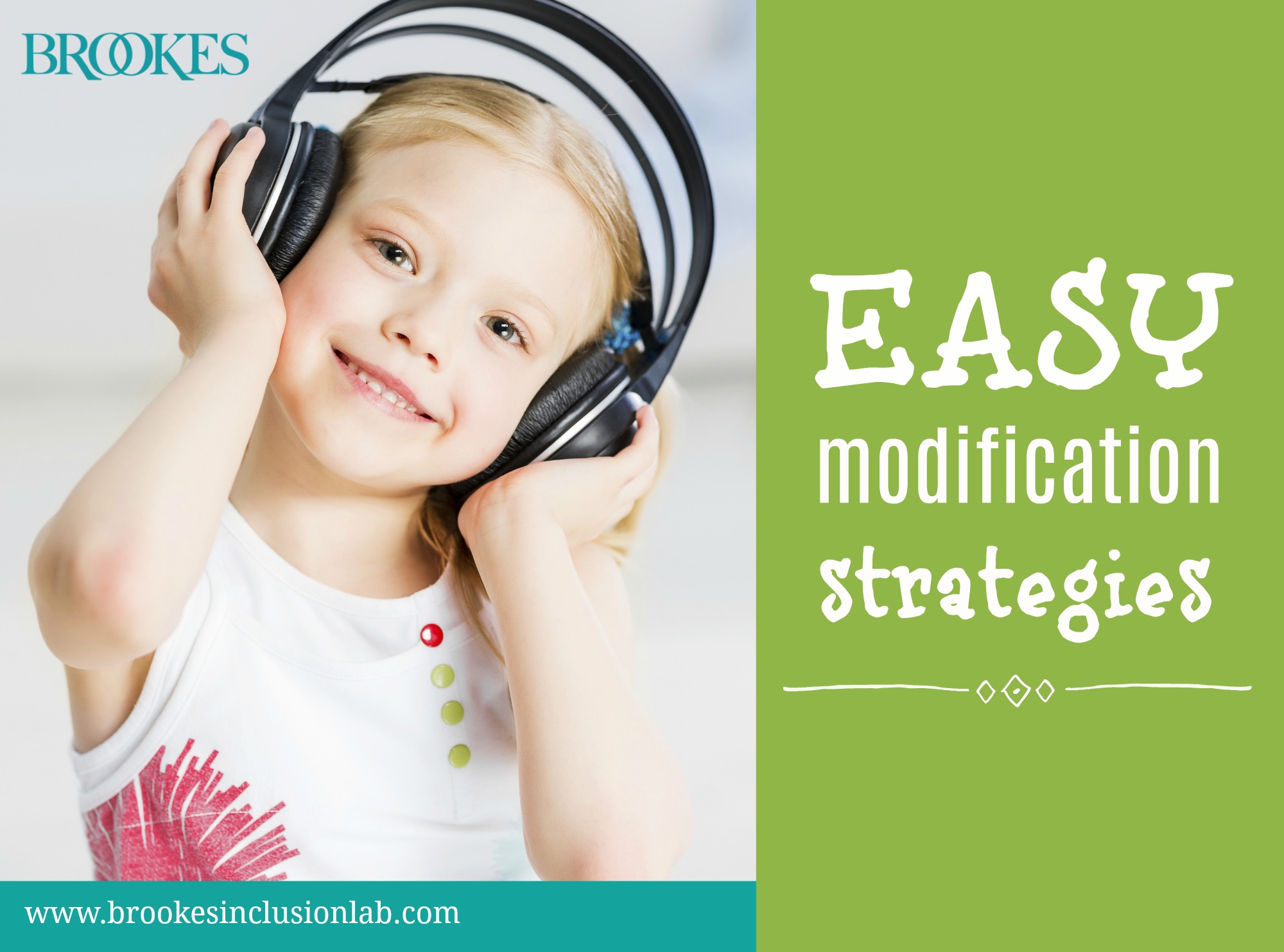
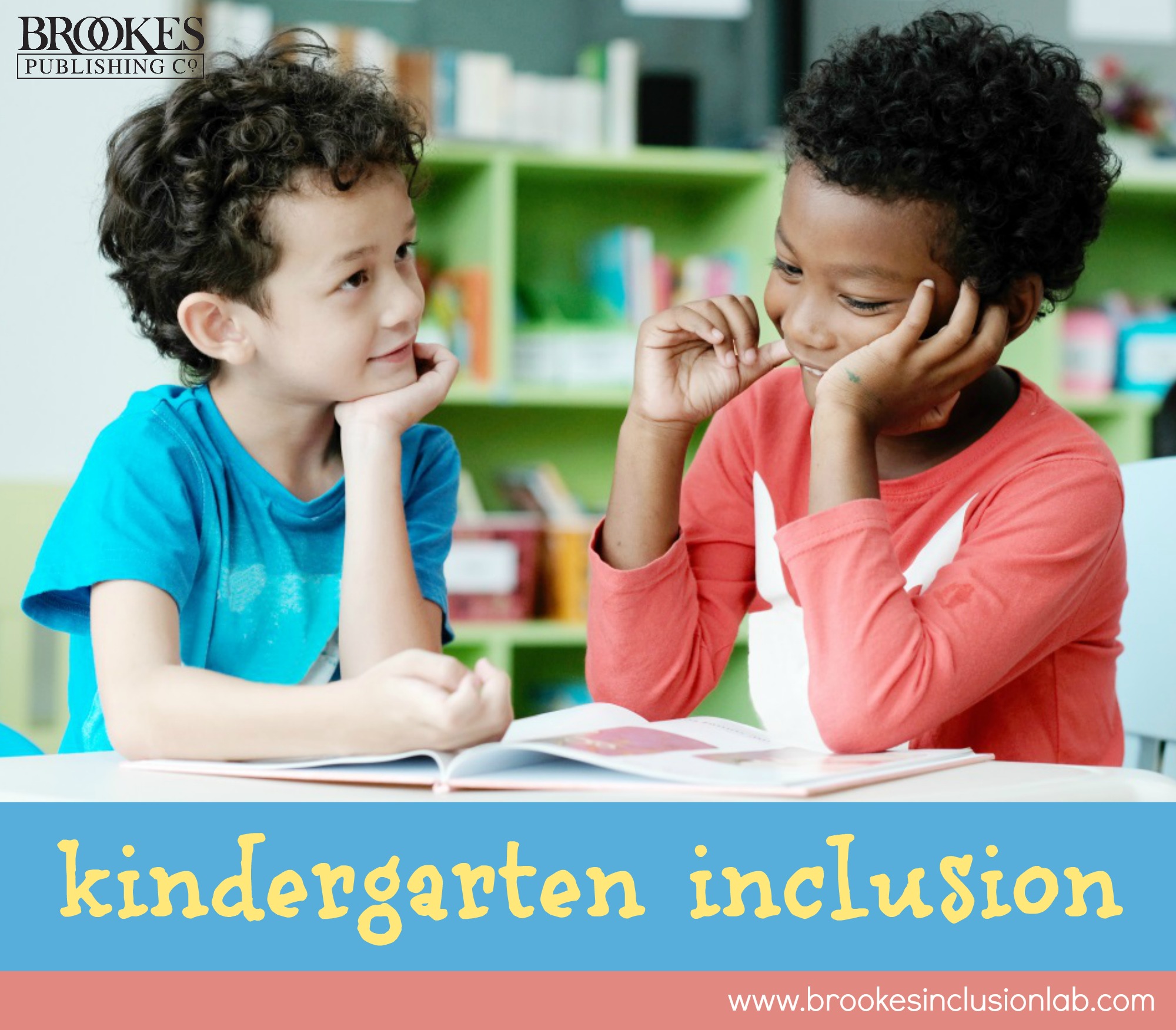
Write a Comment
Your email address will not be published. Required fields are marked *
Post a Comment